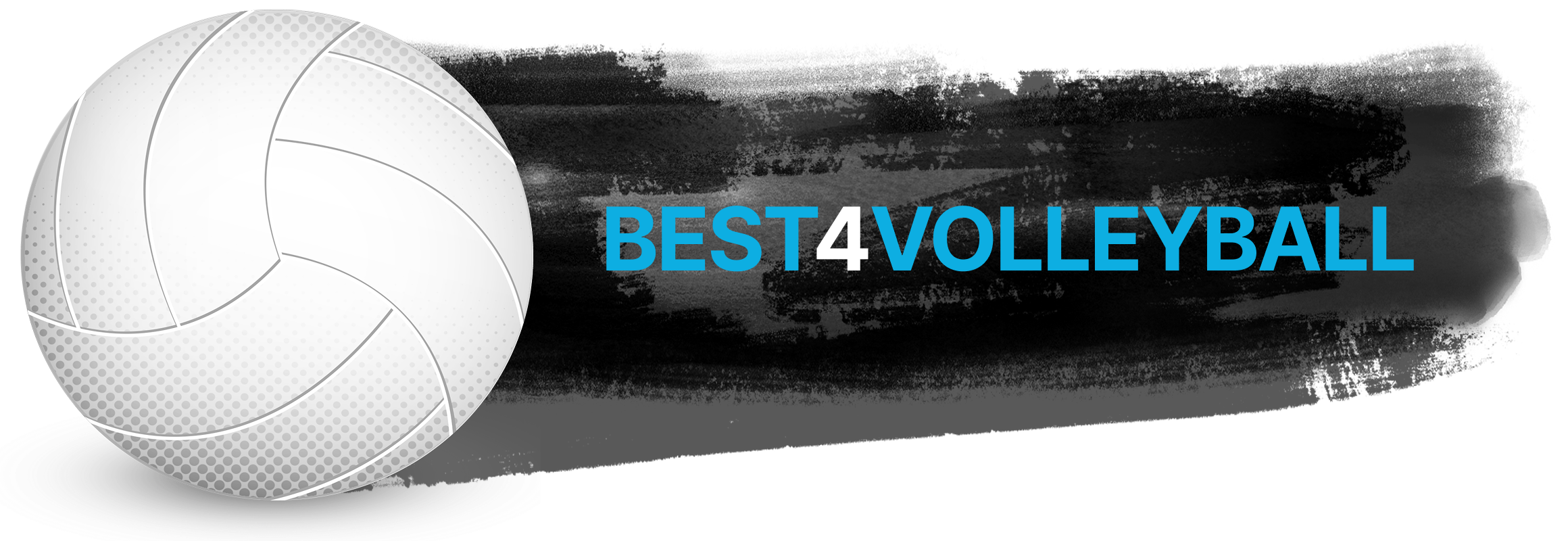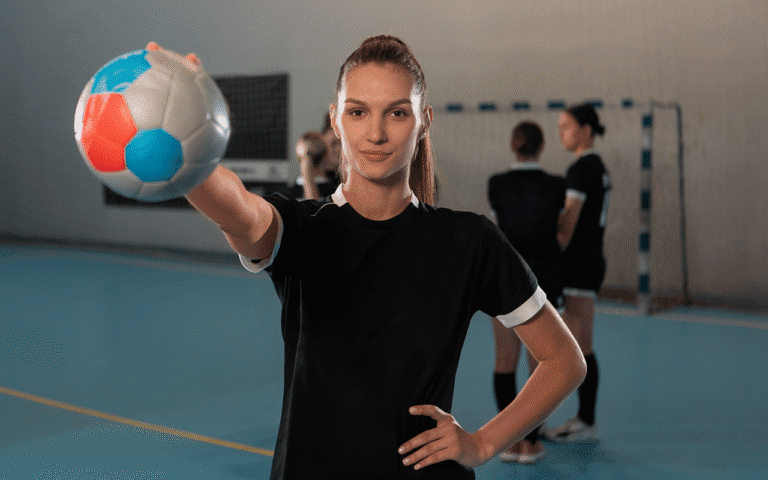All Your Volleyball Questions — Answered
Buying Guides
Are expensive volleyballs worth it?
For serious play, yes. Premium balls offer better touch, consistency, and longevity.
What’s a good starter set for home training?
A quality net, one or two balls, and a rebound trainer or wall target are great to begin with.
How do I choose the right volleyball shoes?
Consider grip, cushioning, ankle support, and the surface you’ll be playing on most often.
Gear & Equipment
What’s the difference between indoor and beach volleyballs?
Beach balls are slightly larger, lighter, and have a textured surface for better grip in outdoor conditions.
Do I need knee pads as a beginner?
Yes! Knee pads protect you from injury and boost confidence when diving or sliding.
What are the best shoes for volleyball?
Look for lightweight, non-marking shoes with good ankle support and traction. Brands like ASICS and Mizuno are popular.
General Volleyball
How do I clean my volleyball?
Wipe it with a damp cloth and mild soap. Avoid submerging in water or using harsh cleaners.
Can I use an indoor volleyball outdoors?
Technically yes, but indoor balls wear out quickly on rough surfaces. Outdoor balls are made with more durable materials.
What size volleyball should I buy?
For indoor play, a standard adult volleyball is size 5. Youth players may use smaller sizes for better control and comfort.
Injury Prevention
What should I do if I feel shoulder pain while hitting?
Rest, ice, and check your hitting form. Persistent pain should be evaluated by a sports therapist.
Why do my knees hurt after playing?
Common causes include overuse, hard landings, or lack of proper padding. Knee pads and strengthening can help.
How do I prevent ankle sprains in volleyball?
Wear proper footwear, do warm-ups, and consider ankle braces if you’re recovering from injury.
Rules & Scoring
Can a libero serve?
Yes, under current rules, a libero can serve in one rotation per set in most leagues.
What’s the difference between rally scoring and side-out scoring?
In rally scoring, a point is scored on every rally. In side-out, only the serving team scores points.
How many players are on a volleyball team?
Each team has 6 players on the court, with substitutions allowed throughout the match.
Training & Techniques
Are solo drills effective for practice?
Yes, especially wall drills, footwork, and setting exercises to build muscle memory.
How can I improve my vertical jump?
Focus on leg strength, plyometric drills, and proper jumping form. Consistency is key.
What are the basic volleyball positions?
The main positions are setter, libero, outside hitter, middle blocker, and opposite hitter.
Can't Find What you are looking For? Contact Us We will Get back to You.

